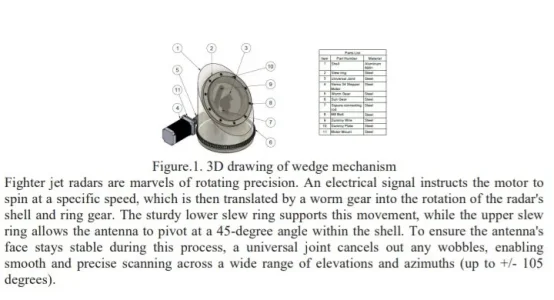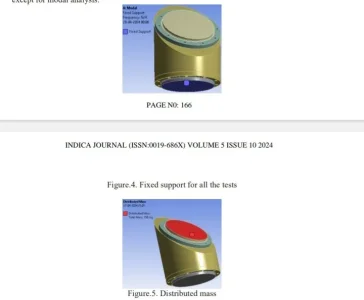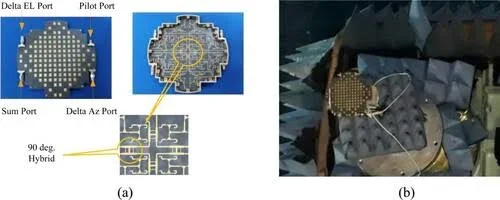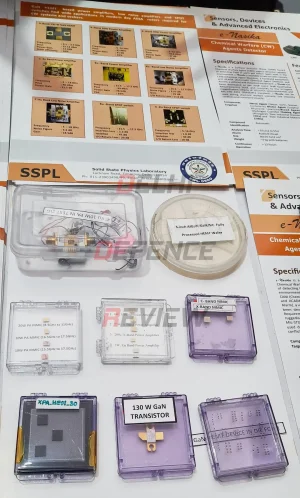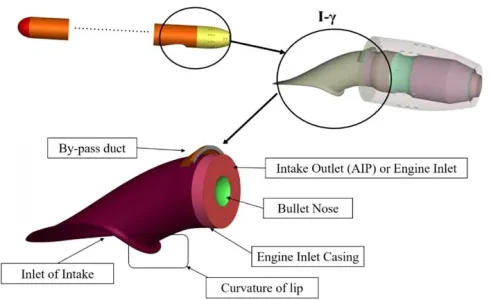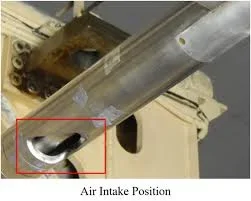- Joined
- Jul 2, 2024
- Messages
- 1,413
- Likes
- 9,094
Remember t=d/v from middle school?There's a lot of online discussion, particularly among Americans, suggesting that stealthy subsonic cruise missiles are superior to their supersonic counterparts. The main argument is that the stealthy missiles are nearly invisible to radar. However, this thinking seems outdated, possibly stemming from past encounters with Soviet-era ships that had inferior electronics. It doesn't account for the fact that many Tier-2 navies now, aside from the massive PLAN, deploy advanced GaN AESA radars. Why assume that evading radar will be easy? And aside from radar, what about electro-optical (EO) sensors, which can track sea-skimming missiles by detecting the heat signature? Even stealthy missiles can't completely hide their thermal footprint, unless one assumes EO sensors are ineffective in other countries' systems.
Both try to achieve this using the exact same method...reducing the time or t. The only difference is that one reduces it by increasing the v and the other does this by decreasing d.
A BrahMos would be picked up earlier than a LRASM by the radars given it's higher RCS but as it's travelling at Mach 3 it would give very little time to the ship to react. A LRASM would hardly enter transonic regime but as it'd be picked up late compared to BrahMos it would give very little time to engage.
So at this point (I'd say something around 2015) both the approaches resulted pretty much the same.
Now comes the tricky part, even if you've picked up a stealthy missile on your radar how are you going to kill it? Its stealth would be designed around X-band so your missile's seekers would also struggle to maintain a lock-on. If designed properly then IR signature would also be low. Not to mention something like LRASM would be using passive seekers, so you can't just blindly fire an ARM (RIM-116 is an ARM too) at it and still you'd get a kill. And even after all these the missile would certainly have a ton of ECM, ECCM or even decoys.
As for a missile relying only on supersonics...it's just a matter of how fast can your SAMs respond.
The standard target at which US Navy has been practising anti-missile engagements for nearly two decades is GQM-163 Coyote; a Mach 3 "missile". Even we've successfully intercepted one with Barak-8. So it can be said that at this point the stealthy approach is having a slight upper hand.
But in weapons development we look beyond X is better than Y and try to come up with a Z having all the pros of X and Y with none's cons. This is also something like convergent evolution where two different platforms, completely isolated from each other evolve to ultimately become something similar. Like how Germans wanted a lighter rifle/machine gun and Russians wanted a more powerful SMG but ultimately they both arrived on the same solution; StG-44 and AK-47.
So to answer your question of which one's better; the one that does both.
A BrahMos-2 that would have reduced RCS with passive seekers and a LRASM-2 which can attain Mach 3 in the endgame phase...so basically the exact same missile.
Last edited:


